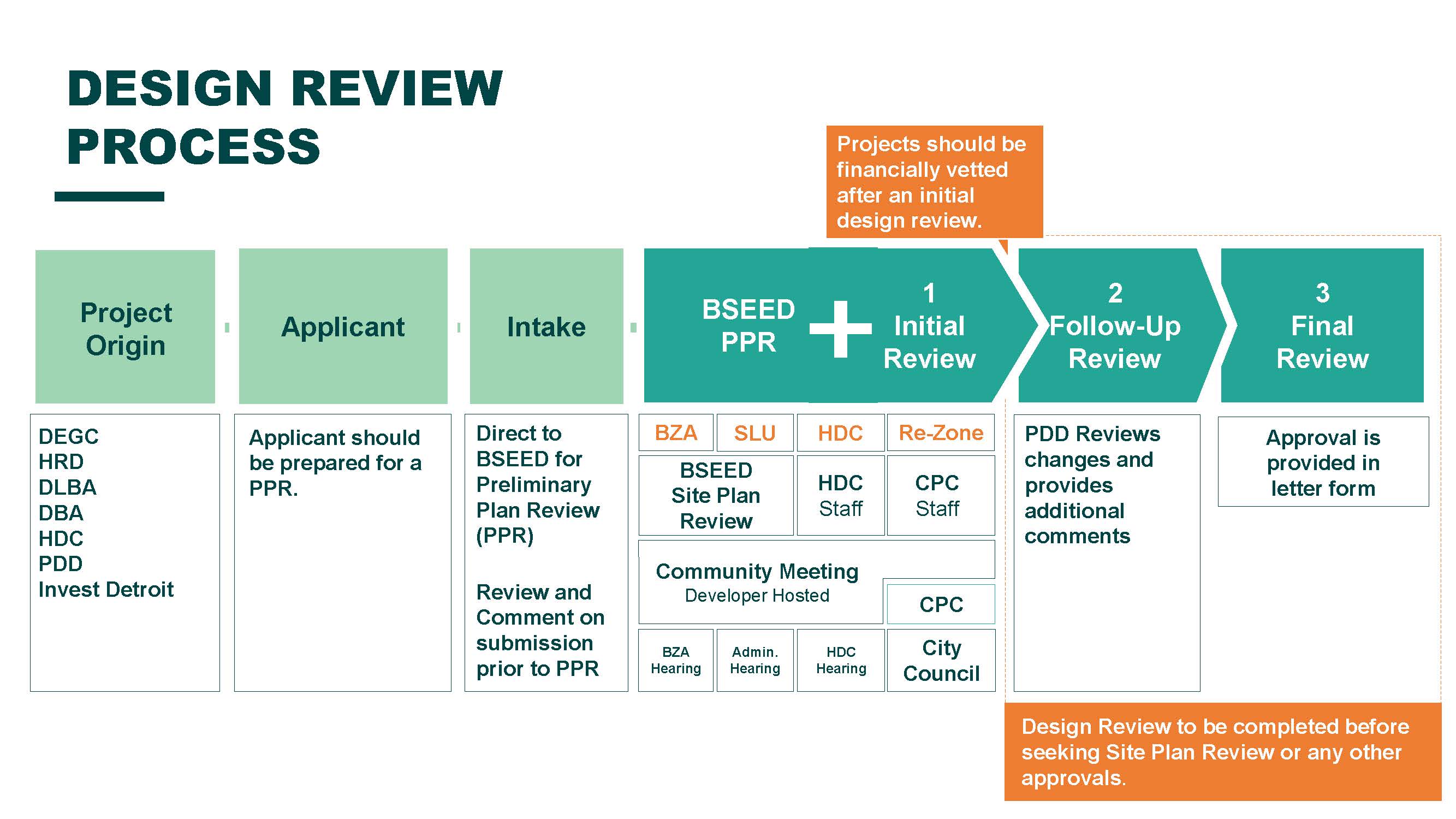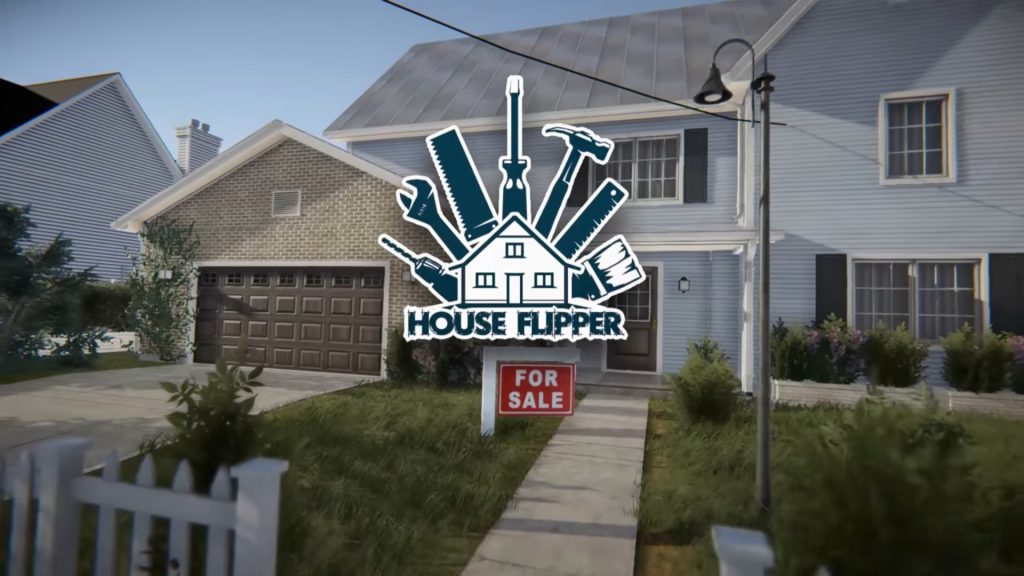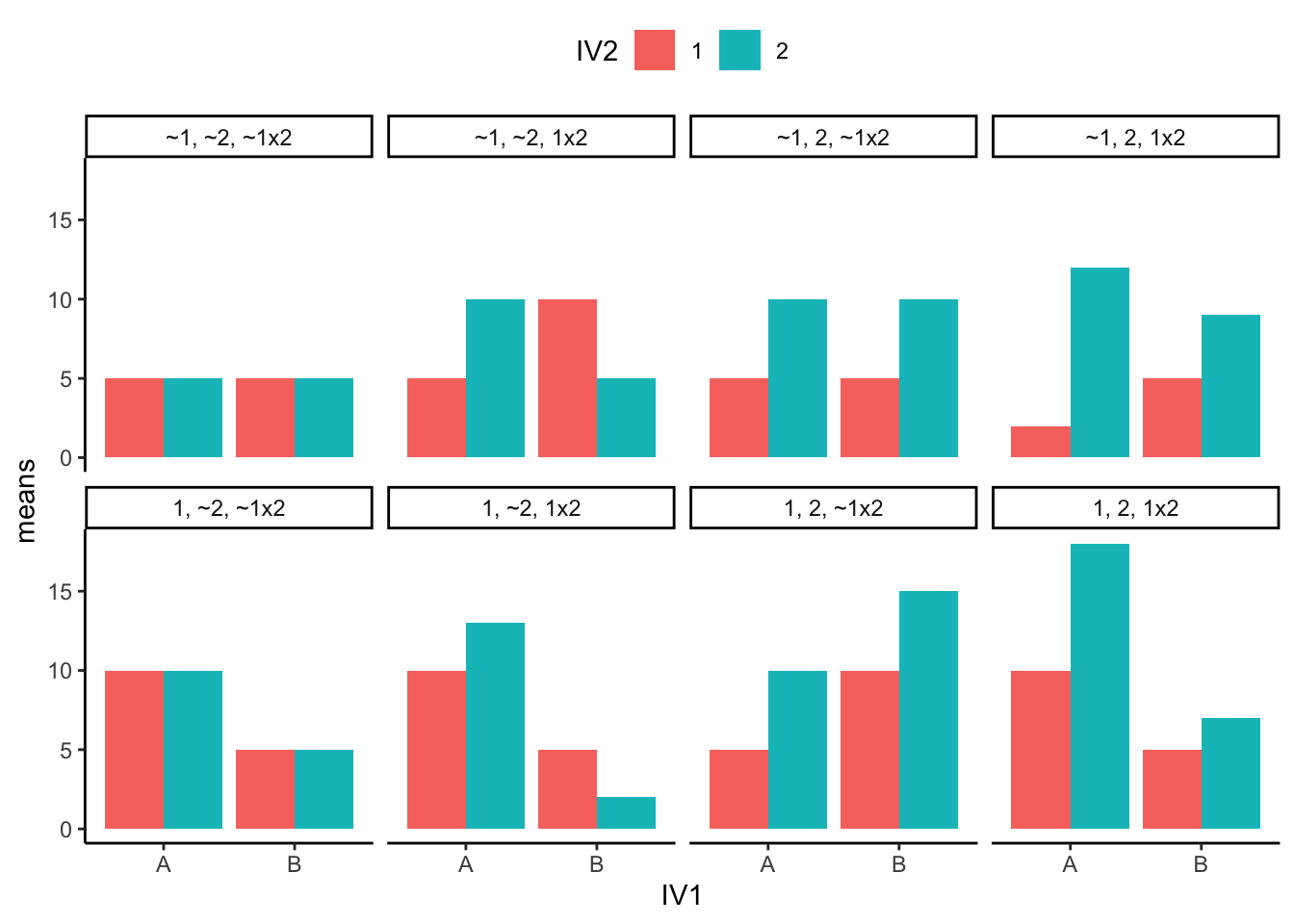Table Of Content
- Hands-On Design: Reinvent Your Creative Process
- The 5 Stages in the Design Thinking Process
- New to UX Design? We’re giving you a free ebook!
- Which program is right for you?
- Remote research lets you learn and iterate quickly. So how do you ensure your studies run as smoothly and effectively…
- Step 2: Research

There are numerous situations where ineffective communication can cause problems. For example, not being able to communicate quality requirements to the production department can have serious consequences in the form of failed products. After production, engineers use rigorous testing to identify flaws and areas for improvement.
Hands-On Design: Reinvent Your Creative Process
You might know what a “UX designer” does, but what about a “visual designer”, “product designer” or “UX unicorn”? Here, we’ll analyze six common UX roles through how they contribute to the design process and shine a light through the fog of UX roles. Soon, you’ll clearly understand which job role is best for you to aim for. Through these collaborative efforts, UX designers, developers, and product managers strive to create products that are not only functional but also provide a delightful user experience. UX designers incorporate feedback from both product managers and developers to refine the product. This iterative process of testing and feedback helps improve the design continuously until it meets all functional requirements and user expectations.
The 5 Stages in the Design Thinking Process
You’ll also learn about the importance of portfolios and what hiring managers look for in them. There aren’t really any synonyms for product designers, although some companies define product designers as identical to UX designers. Other companies view product designers as senior UX designers who have the added responsibility of charting a product’s goals and roadmap. With developers, UX designers ensure that their designs are technically feasible. They provide detailed design specifications and work alongside developers to translate these designs into functional software. Regular meetings between UX designers and developers help address any technical challenges that may arise during development.
New to UX Design? We’re giving you a free ebook!
A designer exists to solve problems, but problems never come in a nice packaging. Most of this section was expanded on Dan Nessler and his thoughts on applying creative processes. This is a very in depth and more expansive view on the double diamond, and we highly suggest you read it. Uber didn’t fix the SF transportation infrastructure nor did they provide tools for users to better plan in advance.
This is done through testing possible solutions and noting the successes and failures of each. Once your observations are clearly defined, consolidate them and take note of any that stand out. Outliers can help reframe findings into a problem statement or question that guides the design thinking process to the final stage. Although these steps appear to be sequential, it’s important to point out that design thinking doesn’t follow a strictly linear process.
The best of two worlds: the hybrid design process at Porsche - Porsche Newsroom
The best of two worlds: the hybrid design process at Porsche.
Posted: Wed, 27 Mar 2024 07:00:00 GMT [source]
Remote research lets you learn and iterate quickly. So how do you ensure your studies run as smoothly and effectively…
Steve Eppinger is a professor of management science and innovation at MIT Sloan. He holds the General Motors Leaders for Global Operations Chair and has a PhD from MIT in engineering. He is the faculty co-director of MIT's System Design and Management program and Integrated Design and Management program, both master’s degrees joint between the MIT Sloan and Engineering schools. His research focuses on product development and technical project management, and has been applied to improving complex engineering processes in many industries. It is important to note the five stages of design thinking are not always sequential. They do not have to follow a specific order, and they can often occur in parallel or be repeated iteratively.
The architectural design process is how a construction project is developed and analyzed in set stages. It is one thing to know what can go into a product, but its another thing to know what ought to go into a product. Design Thinking is not exclusive to designers—all great innovators in literature, art, music, science, engineering and business have practiced it. For example, teams may jump from the test stage to the define stage if the tests reveal insights that redefine the problem. Or, a prototype might spark a new idea, prompting the team to step back into the ideate stage. Tests may also create new ideas for projects or reveal insights about users.
Step 2: Research
Another common technique is usability testing, which gives you direct feedback from users on what works well and what needs improvement. Designers of all levels can benefit from a solid understanding of the UX design process. By following a well-defined process, you can take an idea and turn it into a user-friendly interface that meets the needs of your customers. That’s why the architectural design process is so important; it organizes the management of the project and offers clear communication on its design intent.
Next Steps: How to Incorporate the UX Design Process In the Real World
Wicked problems demand teams to think outside the box, take action immediately, and constantly iterate—all hallmarks of design thinking. You’ve brainstormed, come up with all sorts of ideas, and worked with your team to boil those ideas down to the ones you think may actually solve the problem you’ve defined. Infeasible ideas can generate useful solutions, but you’d never get there if you shoot down every impractical idea from the start.
Using those skills, they create their own applications and use them to collect data from an Android device accelerometer and store that data to databases. Students are introduced to the biomechanical characteristics of helmets, and are challenged to incorporate them into designs for helmets used for various applications. Students learn how to control an Arduino servo wirelessly using a simple phone application, Bluetooth module and an Android phone. Students use Arduino microcontrollers and light-sensitive resistors (photocells) to sense the ambient light levels in a room and turn LEDs on and off based on those readings. They are challenged to personalize their basic night-lights with the use of more LEDs, if/else statements and voltage divider...
There, the team shares storyboards and infographics with real customers to generate feedback and improve the ideas or offerings. Whether you manage a design team, work as a designer, or are part of a team of designers, improving your creation process is key. A well-developed design process helps boost collaboration and reduce workload and resource issues. From simple logos that speak for our brands to complex architectural designs and software applications, the design process is intricate.

Indeed, many of the methods and techniques used in design thinking have been borrowed from the designer’s toolkit. Build your UX career with a globally recognised, industry-approved qualification. Get the mindset, the confidence and the skills that make UX designers so valuable. Build your UX career with a globally-recognised, industry-approved certification.
They design, create and redesign impact-resistant passenger vehicle compartments for small-size model car... Students gain experience with the software/system design process, closely related to the engineering design process, to solve a problem. The lesson culminates in a hands-on experience with the design process as students simulate the remote control of a rover. Students are introduced to the engineering design process, focusing on the concept of brainstorming design alternatives. They learn that engineering is about designing creative ways to improve existing artifacts, technologies or processes, or developing new inventions that benefit society.
More community meetings scheduled as design process continues for downtown Myrtle Beach - wpde.com
More community meetings scheduled as design process continues for downtown Myrtle Beach.
Posted: Sat, 13 Apr 2024 07:00:00 GMT [source]
The exact choice of engineering tools depends on the engineering design process step and the nature of the project. Prototyping is crucial for validating the engineering design before it goes into full-time production. Due to the complex nature of engineering design projects, mistakes are expected to occur. The prototyping stage sifts out such design flaws and allows designers to improve the design over iterations. In a common engineering design process example, these requirements include targets like product weight, volume, useful life, user safety, and manufacturing costs. Startups may use design learning to gain a deeper understanding about their users and guide prototype development.
Given a list of constraints, including a device weight limit and minimum load capacity, groups brainstorm ideas and then make detailed plans for their best sol... Working individually or in pairs, students compete to design, create, test and redesign free-standing, weight-bearing towers using Kapla® wooden blocks. The challenge is to build the tallest tower while meeting the design criteria and minimizing the amount of material used—all within a time limit. Student groups are challenged to program robots with color sensors to follow a black line. Learning both the logic and skills behind programming robots for this challenge helps students improve their understanding of how robots "think" and widens their appreciation for the complexity involved in pro... Students learn about providing healthcare in a global setting and the importance of wearing protective equipment when treating patients with infectious diseases like Ebola.
They are introduced to the engineering design process and learn of several famous historical figures who contributed to plow design. In this activity, students design and build model houses, then test them against various climate elements, and then re-design and improve them. Using books, websites and photos, students learn about the different types of roofs found on various houses in different environments throughout the world.... Of the stages of the design thinking process, this one can be the most intimidating.





















